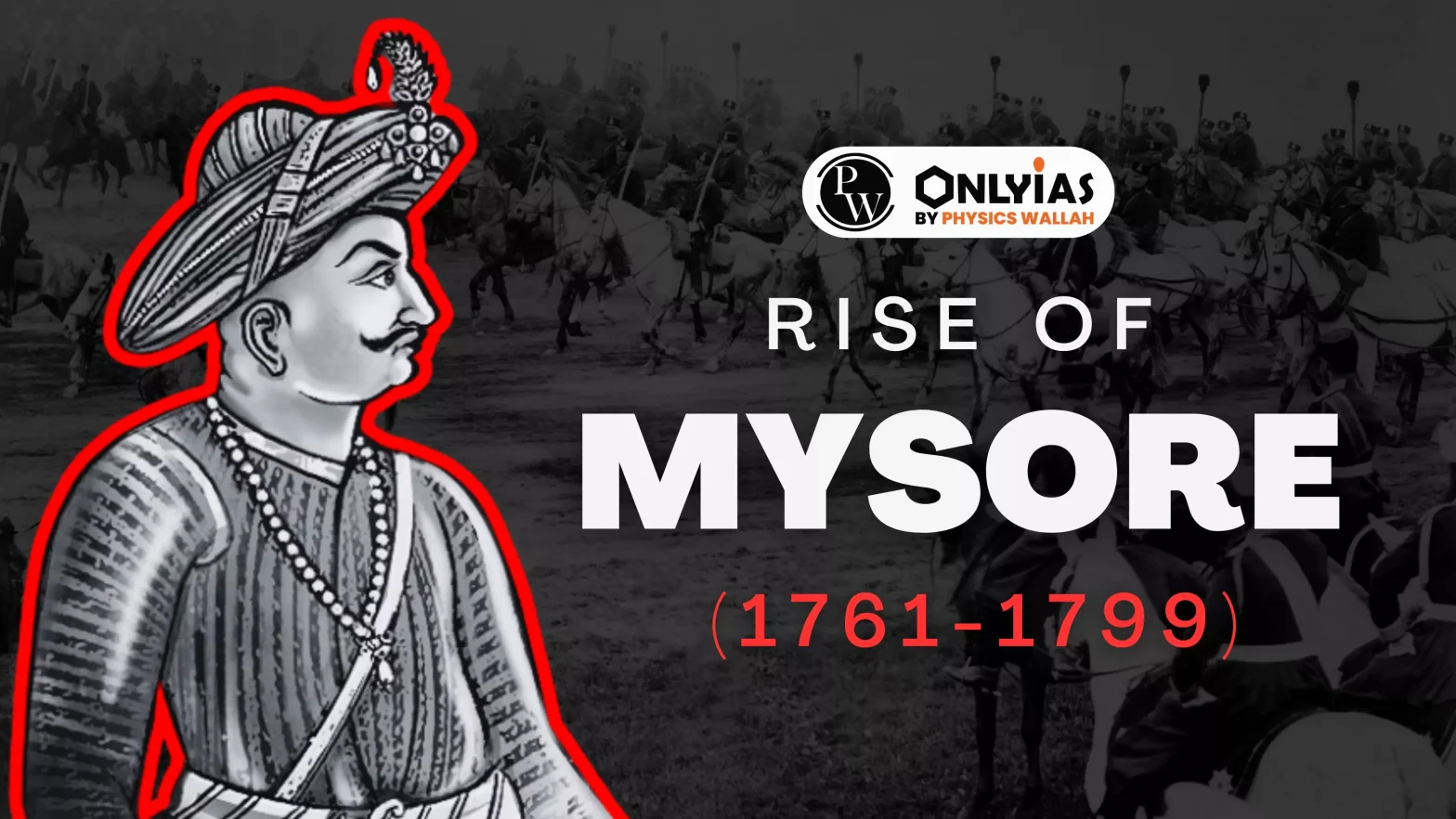
The rise of Mysore occurred during the Mughal era when the Wadiyars, also known as the Wodeyars, ascended to power and ruled over the Mysore Kingdom. Their dominance in the region was established through the capture of significant cities such as Seringapatam and Bangalore in 1610. Following the decline of the Vijayanagar Empire, the Kingdom of Mysore managed to maintain its independence and maintained a limited association with the Mughal Empire. However, the Mysore region became a contested battleground as various powers vied for control and influence over the territory.
|
Anglo-Mysore Wars |
|
| First Anglo-Mysore War (1767-69) |
|
| Second Anglo-Mysore War (1780-84) |
|
| Third Anglo-Mysore War (1790-92) |
|
| Fourth Anglo-Mysore War (1799) |
|
| Post-War Scenario |
|
In conclusion, the rise of Mysore as an independent state under the leadership of Haider Ali and Tipu Sultan marked a period of expansion and modernization. Through military prowess and alliances, they expanded Mysore’s territories, implemented reforms, and sought to establish regional dominance. However, the Anglo-Mysore Wars resulted in the decline of Mysore and the establishment of British dominance in southern India. Despite their efforts, the legacy of Haider Ali and Tipu Sultan remains as valiant defenders and promoters of military modernization in Mysore’s history.

<div class="new-fform">
</div>